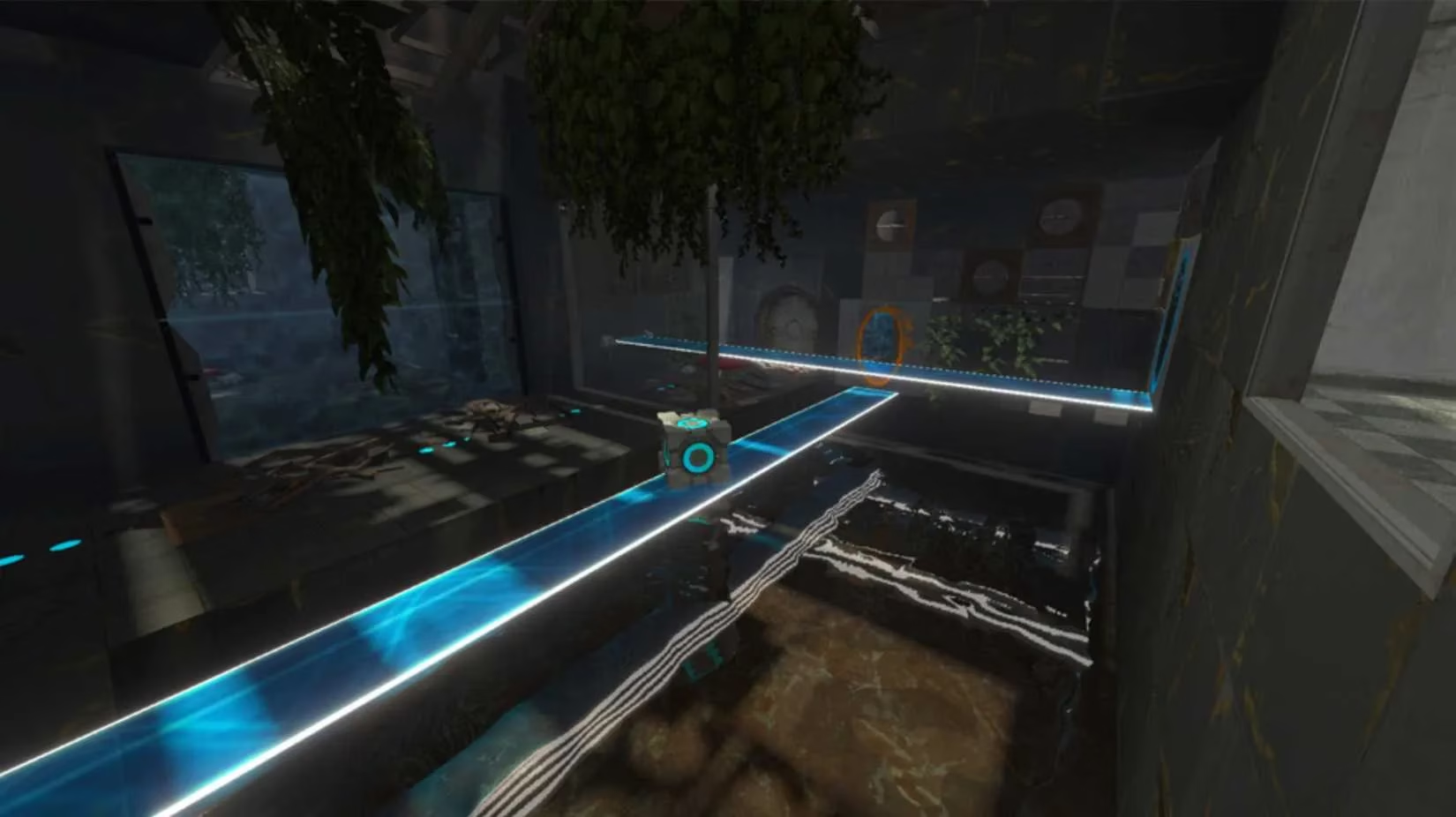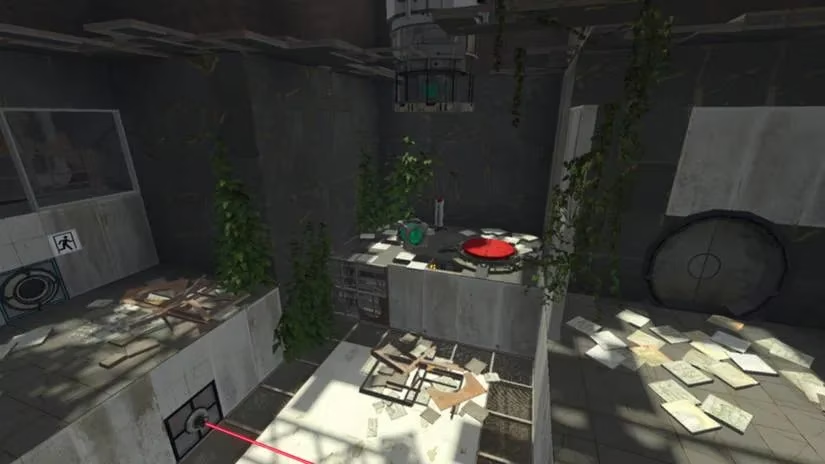Portal Reborn in Minecraft: A Modding Marvel Revives Classic Puzzle Gameplay
Discover the groundbreaking Portal: Java Edition mod, seamlessly blending Portal gameplay into Minecraft's universe, igniting nostalgia and innovative puzzle-solving.
After five painstaking years of development, a team of passionate modders has achieved what many thought impossible—they've flawlessly transplanted Valve's iconic Portal gameplay into the blocky universe of Minecraft: Java Edition. This groundbreaking fusion, dubbed Portal: Java Edition, lets players wield portal guns, navigate light bridges, and solve intricate spatial puzzles within the familiar cubic landscapes of Minecraft. Remarkably, it requires zero additional mods, functioning seamlessly with vanilla Minecraft through clever use of data packs and resource packs. For gamers who've mourned Portal's absence since its 2007 heyday, this creation feels like unearthing a time capsule filled with revitalized nostalgia. The sheer ingenuity of bending Minecraft's mechanics to replicate Portal's physics evokes childlike wonder, making players question whether they're exploring Aperture Science or Mojang's sandbox.

Two Titans, One Legacy
Portal and Minecraft emerged within two years of each other—2007 and 2009 respectively—both revolutionizing gaming through radical simplicity. While Minecraft evolved into a cultural behemoth with relentless updates, Portal faded after 2011's brilliant sequel, leaving fans yearning for more test chambers. This mod bridges that void, honoring both legacies by transforming Minecraft's creative playground into GLaDOS' labyrinthine laboratories. Witnessing companion cubes tumble through orange-and-blue portals amidst dirt blocks and creepers creates surreal cognitive dissonance; it’s like seeing Da Vinci paint on digital pixels. The mod doesn’t merely imitate—it reinterprets Portal’s essence through Minecraft’s language, proving both games share DNA in their celebration of player agency.
Engineering the Impossible
Portal: Java Edition’s brilliance lies in its exhaustive recreation of Portal 2’s gadgetry using Minecraft’s native systems. Players manipulate:
-
Mobility gels (blue for bounces, orange for speed) that transform ordinary floors
-
Excursion funnels manipulating gravity with eerie blue beams
-
Aerial faith plates launching players skyward
-
Emancipation grills disintegrating unauthorized objects
Fifty meticulously designed levels and eight map packs test players’ wits across increasingly complex puzzles. Yet the crown jewel is the map editor—a toolkit empowering fans to design diabolical test chambers. Watching someone construct a laser-redirection puzzle using Minecraft’s redstone mechanics while portals hum nearby feels like witnessing mad science. The mod’s visual fidelity stuns; shadows ripple across light bridges with uncanny realism, making even veteran players double-check they haven’t accidentally booted Valve’s original.

Minecraft’s Endless Metaverse
This achievement continues Minecraft’s tradition as a digital canvas for gaming history. Previously, fans recreated classics inside its engine:
| Game Recreated | Modding Complexity | Notable Feature |
|---|---|---|
| Tetris | Mod-free | Playable falling-block mechanics |
| The Legend of Zelda | Vanilla-friendly | Overworld exploration & dungeons |
| Super Mario Bros. | Moderate mods | Side-scrolling platforming |
| Portal: Java Edition | Data-pack driven | Full physics replication |
Unlike simpler homages, Portal’s implementation demands staggering technical finesse—translating fluid momentum physics into Minecraft’s grid-based world. Yet therein lies the magic; when players slide through conversion gel onto a faith plate, soaring into a portal-linked freefall, Minecraft’s blocky constraints dissolve into pure kinetic joy. It’s a testament to how this sandbox transcends generations, continually absorbing gaming’s greatest hits into its universe.
Nostalgia and New Horizons
Playing Portal: Java Edition floods veterans with bittersweet memories—the echo of GLaDOS’ sarcastic taunts, the swoosh of portals opening, the triumph of solving a puzzle that stumped you for hours. Yet it also sparks excitement for modding’s future. If Portal’s intricate mechanics can thrive in Minecraft, what’s next? Half-Life’s gravity gun? Left 4 Dead’s hordes? This project proves dormant franchises can find afterlife in collaborative passion projects. Personally, wandering these digital halls evokes profound appreciation for modders’ unsung artistry—they’re digital archaeologists preserving gaming heritage one block at a time. Their work whispers a hopeful prophecy: in Minecraft’s infinite cosmos, no beloved game truly dies; it just awaits rebirth through human creativity. The cake, at last, is no longer a lie—it’s a recipe we can all remix.